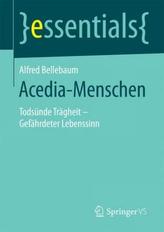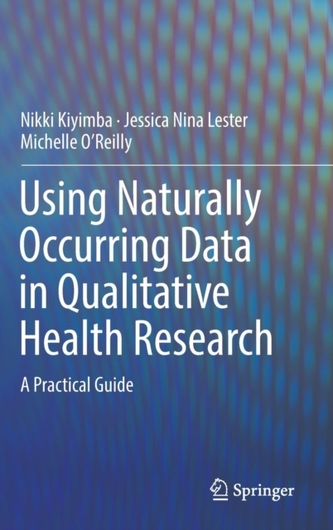Using Naturally Occurring Data in Qualitative Health Research
11
%
1666 Kč 1 866 Kč
Sleva až 70% u třetiny knih
Preface The preface of the book will set the stage for the reader, while offering some context and direction for the book. It will discuss the general issues that are presented throughout the book, define key terms, and illustrate why and how the book is a useful resource for students, practitioners, and academic scholars who do or are interested in qualitative research. The preface will introduce the structure of the book and highlight key, pedagogical features utilised throughout.
Chapter 1: Naturally occurring data in qualitative health research This chapter will open with a general introduction to qualitative health research and highlight some of the key debates about the value of qualitative work in the field of health. The main focus of this chapter will be to introduce the reader to key definitions around data sources/types and show what does and does not constitute naturally occurring data. Typically naturally occurring data is contrasted with researcher-generated data and the distinction will thus be clarified within this chapter, with multiple examples included throughout. Further, there are some key debates around data types in the research field, as well as some tensions, and thus these will be laid out in the chapter. Examples will be used throughout to help the reader in differentiating between the various types of data. Thus, the chapter will be structured broadly as follows:
Introduction to qualitative health research
Why health research needs process data
What is naturally occurring data?
What is researcher-generated data? Pedagogical features In addition to the general pedagogical features included in all of the chapters, such as the 'notable point' boxes and the recommended reading lists, this chapter will have a small number of features designed to consolidate and challenge the reader's learning. For example, an activity designed to challenge their understanding of what naturally occurring data is will be featured, with examples of research that are and are not naturally occurring. The reader will be required to thus differentiate and thereby apply their knowledge.
Chapter 2: Evidence-based practice and practice based evidence The use of naturally occurring data for research purposes fits more broadly with the issues of the use of qualitative research as evidence for practice, which is a central tenet of health research of any kind. For context, this chapter will introduce the reader to some of the general debates about evidence, and illustrate how qualitative evidence is beneficial, as well as how it is generally defined. Further, the chapter will focus on illuminating how naturally occurring data constitutes a form of evidence for the field of health. Thus the chapter will be structured broadly as follows:
What is evidence-based practice?
What is practice-based evidence?
What is the role of qualitative evidence and the evidence hierarchy?
How can examining practice naturally generate usable evidence? Pedagogical features In addition to the general pedagogical features, such as the 'notable point' boxes and the recommended reading lists, this chapter will have a small number of features designed to consolidate and challenge the reader's learning. For example, this chapter will include an 'interview box' with a health researcher who uses naturally occurring data as 'qualitative evidence' and also has learned to navigate the challenges of positioning qualitative research as legitimate in relation to the evidence hierarchy.
Chapter 3: Benefits and limitations of naturally occurring data in qualitative health research The focus for this chapter will be to illustrate the value and limitations of using naturally occurring data for health research. The main focus of the chapter will be on showing examples from the field to convey the advantages of using data that is naturally occurring to examine a range of health issues. This will be balanced with some critical discussion
| Autor: | Kiyimba, Nikki |
| Nakladatel: | Springer, Berlin |
| Rok vydání: | 2018 |
| Jazyk : | Angličtina |
| Vazba: | Hardback |
Mohlo by se vám také líbit..
-

Kurzlehrbuch Psychiatrie
Bandelow, Borwin
-

Erste Hilfe - Chemie und Physik für M...
Schatz, Jürgen
-

Einführung in die Soziologie
Schäfers, Bernhard
-

Deutsche Rentenversicherung - Basis d...
Horn, Steffen
-

Jahrtausendwende
Castells, Manuel
-

Der Aufstieg der Netzwerkgesellschaft
Castells, Manuel
-

Hals-Nasen-Ohren-Heilkunde (HNO)
Lenarz, Thomas
-

Botanisches Grundpraktikum
Kück, Ulrich
-

Startwissen Mathematik und Statistik
Harris, Michael
-

Klinikmanual Anästhesie
Heck, Michael
-

Prüfungstrainer Mathematik
Turtur, Claus W.
-

Theorien in der Entwicklungspsychologie
Ahnert, Lieselotte
-

Mathematik kompakt für Ingenieure und...
Stry, Yvonne
-

Tutorium Mathe für Biologen
Adlung, Lorenz
-

Quantenmechanik. Tl.2
Nolting, Wolfgang
-

Acedia-Menschen
Bellebaum, Alfred





